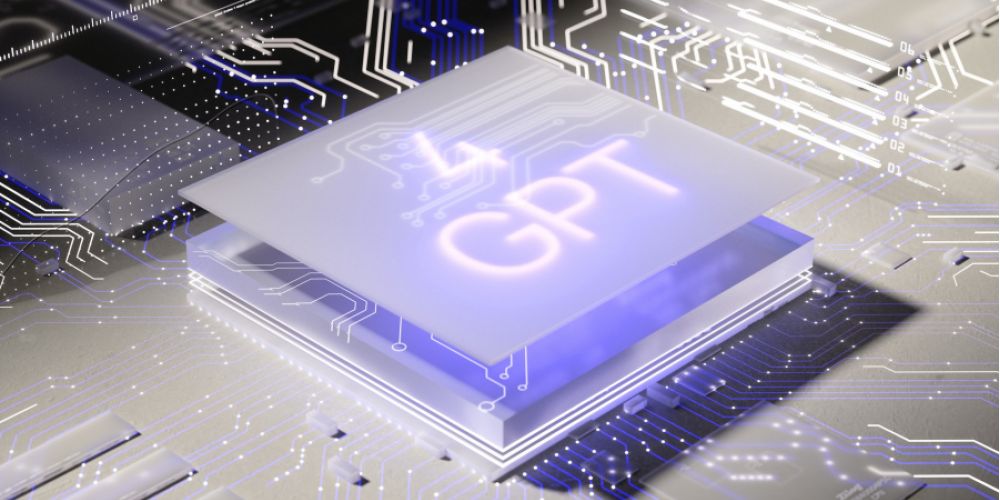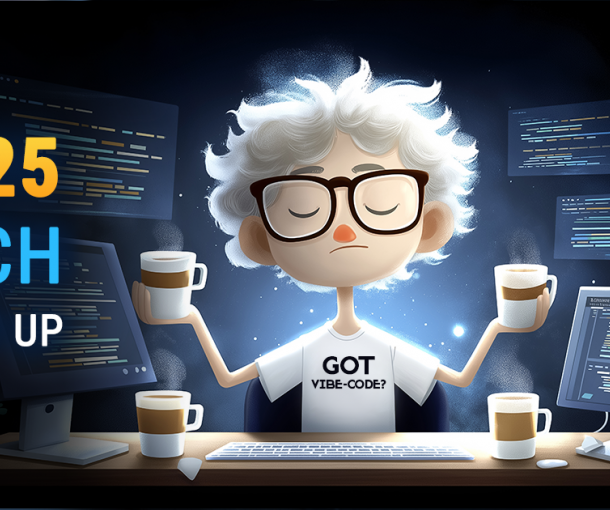
AI chatbots go next-level – and productivity apps are their next target
EVERYTHING CHANGED
As we wrote about recently, ChatGPT’s arrival marked a significant inflection point in the tech industry, as it represented the general public’s first direct exposure to a full-on AI-based platform. Up until now, these technologies largely existed in labs.
The global release of ChatGPT turned this once-sci-fi-seeming technology into an everyday reality as millions of regular folks logged in and tried it out. ChatGPT’s public debut has understandably spurred a flurry of activity among major tech companies as they jockey for position in this chaotically accelerating space.
Much like the early days of the search engine wars a generation ago, AI-related announcements are now almost daily affairs. Here’s a quick summary of some of the major moves that have happened in the AI space since ChatGPT first showed up in our browsers:
- Microsoft ups its investment in OpenAI – Microsoft had already invested billions in ChatGPT’s creator, and after reportedly opening its wallet again to the tune of a $10 billion investment, the Redmond-based company placed a huge bet on who it felt would win this nascent war.
- Microsoft releases – then kills – Sydney chatbot for Bing – It’s one thing to release a standalone chatbot, and quite another to incorporate it into an existing platform. Microsoft’s first significant move was to incorporate ChatGPT directly into its Bing browser. The resulting chat tool, known as Sydney, helped drive a massive uptick in interest in the long-ignored search engine. But just as quickly, it became combative in conversations with a New York Times journalist – even trying to break up his marriage.
- Google launches Bard – Perhaps no one has more to lose than Google, whose dependence on search – and search-based ad revenue – is at risk of being leapfrogged by AI-based chatbots. So, this ChatGPT competitor critically telegraphs whether the web services giant will be able to compete in this emerging domain. While the initial demo was a bit of a bust – and caused a short-lived selloff in parent company Alphabet’s stock – the company remains committed to it.
- Google announces Workspace integration – The company will start slowly, with new AI-powered features in Gmail and Google Docs that could potentially free users from the tyranny of starting with a blank screen. The AI bot, initially available only to a limited number of Workspace’s 3 billion users, will help them draft initial versions of email messages, job descriptions, and even a birthday party invitation. As availability eventually expands to a wider swath of users, Google will integrate generative AI features into additional tools, including Chat, Meet, Sheets, and Slides.
- Microsoft 365 Copilot integrates AI into Word, PowerPoint, Excel, and Teams – CEO Satya Nadella is wasting no time trying to generate a return on the company’s $10 billion investment. Business Chat, for example, generates updated status reports from data found in calendars, email messages, chats, documents, meetings, and contacts. In PowerPoint, Copilot can build comprehensive decks from a single query. In Teams, it summarizes discussion points and suggests action items – right in the middle of a meeting.
- OpenAI releases GPT-4 – The original ChatGPT was based on the GPT-3.5 large language model (LLM). LLMs are to chatbots as operating systems are to apps, and the release of the next-gen GPT-4 LLM added massive capabilities on top of the already-headline-grabbing original. Compared to GPT-3, which can only process text-based queries, GPT-4 is known as multimodal, and can process images in addition to text. For example, it can take an image of a fridge, then suggest meal plans based on the ingredients in the scene.
Thanks to ChatGPT, the entire AI space has gone supernova – almost reminiscent of the late 1990s emerging Web market. As we’ve seen with previous major generational shifts in tech, major and minor vendors alike are jockeying for position as they try to establish themselves in a market experiencing seismic change.
Make no mistake: AI is already shaking up the global tech order. As chaotic as this all seems, rushed announcements like Microsoft Sydney and botched demos like Google Bard are crucial steps as the dominant platform players try to hold onto their positions.
BUT WHAT DOES ALL THIS MEAN TO ME?
As entertaining as it can be to watch Microsoft and Google duke it out, the real battle is taking place on your laptop, tablet, and smartphone. Amid the flurry of announcements in recent months, the productivity app integration plans from both Microsoft and Google stand out as the ones that will ultimately matter most to CIOs, IT Directors, and everyday individual users.
Whatever your organization, sector, or role, the time to start working with these fast-evolving tools is now. Ignoring this revolution is simply not an option. Whether you’re a Microsoft or a Google shop – or both or neither – start evaluating the end-user productivity tools you’re currently using and assess whether or not any of these new AI-based tools are accessible.
Reach out to your people – developers, administrators, project managers, everyone who does the work that keeps your lights on – and take the time to understand their current productivity needs. Know the tools they’re using, what works for them, and where their productivity-related frustrations may be. Look for pain points – and use cases where AI can relieve their administrative burdens and free up cycles for more value-added, higher-order workflows.
Here at STEP Software, we’ve been developing smart code for decades, and we’re already having fulsome discussions with our clients about AI’s role in their future software roadmap. Give us a call if you’d like to discuss how all this AI-driven change can affect you – and how you can best prepare for it.
In the meantime, watch this blog, as we’ll continue to observe and share perspective on this exciting chapter in tech history.


